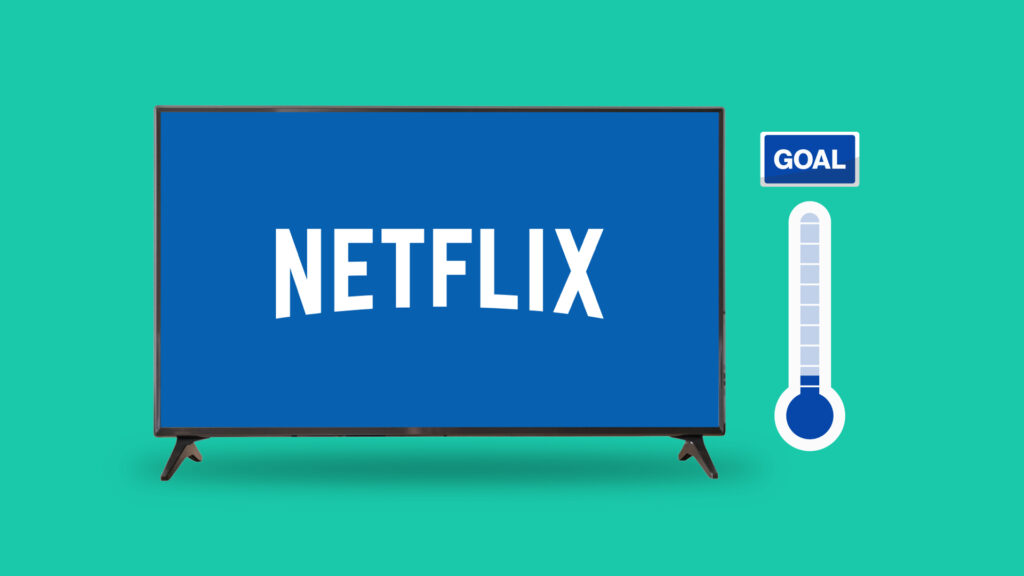Blast From the Past: Streaming is Reviving the TV of Old
by Frankie Karrer
4 Min Read
CES 2024: Stagwell (STGW) and MNTN Announce Partnership in Unified Performance SolutionsLearn More
Why the streaming service’s advertising snafu may not be as bad as it seems.

4 Min Read
The path to Netflix’s ad-supported offering hasn’t exactly been a smooth one. For years, the service promised to remain advertisement-free. Then, in April 2022, after reportedly losing hundreds of thousands of subscribers, the streaming heavyweight indicated that it would pursue an ad-supported model after all.
In July of this year, much to the surprise of many industry experts, Netflix announced Microsoft as its advertising partner. And, after months of uncertainty and conjecture, the streaming platform launched its ad-supported subscription tier in November 2022.
Now, just a few weeks since the debut of its ad-supported offerings, Netflix is reportedly unable to follow through on promises to advertisers. But is this the colossal problem some are making it out to be?
Netflix’s ad-supported offerings aren’t performing as hoped—last week, the streaming service offered to pay back advertisers after not meeting subscriber goals. While the amounts differ from brand to brand, some ads were only delivered to ~80% of expected audience numbers.
“They can’t deliver. They don’t have enough inventory to deliver. So they’re literally giving the money back,” an agency executive said of Netflix, as reported by Digiday.
This isn’t the first instance that encouraged questions and raised brows. Months before the launch of the ad-supported tiers, there were industry rumblings about high CPMs and what data—if any—Netflix would offer their advertisers.
Additionally, Netflix’s lower-than-expected subscriber numbers could signal problems for other streaming services. Competitor Disney+ should be acutely aware of what a similar situation might mean for the success of its new ad-supported offering. Especially considering that Disney+’s “basic” tier still isn’t supported by the most used Connected TV (CTV) device in the U.S—Roku.
MSN.com provided some context on Disney+’s absence from the platform: “Neither company has commented, but Disney execs have quietly mumbled that they’ll bring the $7.99-a-month tier to Roku when they get a “fair” ad revenue split.”
While Netflix’s miss might strike fear in the hearts of streaming services and advertisers alike, the long-term effects of ad-supported streaming subscriptions are yet to be seen. Meaning, advertisers and marketers shouldn’t make any hasty decisions in regards to their 2023 strategies. Let’s face it—now isn’t the ideal time to run risky or experimental campaigns.
In fact, The Wall Street Journal predicted that “brands will play it safe and focus on gaining customers” in 2023. Due to the current uncertainty of the economy, advertisers and marketers need to hone in on messaging that will best drive business, as opposed to trying to make a splash.
“CFOs will shoot a lot of things down next year,” David Sandstrom, Chief Marketing Officer at online payments provider Klarna Bank AB, told The Wall Street Journal. “We’re going to see very solid brand work, nothing that excites you, and zero risks being taken.”
All of this said, brands can remain positive heading into the new year—a recent report from Meta paints an optimistic picture for 2023 and the long-term return on investment (ROI) effects of digital advertising channels. Television in particular had a significant lasting revenue impact on brands. Additionally, advertising via online video was the top driver of long-term ROI for retail and telecom companies.
So, time may be all that’s needed for Netflix and Disney+’s ad-supported subscription offerings to pick up steam. Savvy brands will understand this, viewing the big picture of their advertising efforts vs. only worrying about current/near future results.
One such business is eBay, who launched its first campaign in three years this week. In a somewhat surprising move, eBay—founded in 1995—focused its efforts on Gen Z. Introducing itself to an audience that was in diapers (or not yet born) during the company’s heyday, eBay developed messaging that positions their platform as a “trusted source for luxury goods.” To ensure the campaign is seen by Gen Z consumers en masse, eBay is running these ads exclusively on streaming platforms and online video.
The fate of Netflix and Disney+’s ad-supported offerings is yet to be determined. However, Netflix’s recent viewership miss indicates that brands should diversify their ad mix, if they haven’t yet. Not only can this help to ensure that ads are viewed by a variety of audiences, but also, it will support advertisers if/when certain channels underperform or fall out of style.
With television and online video outperforming other digital channels in the long-term, Connected TV advertising is an obvious addition to any brand’s advertising strategy. CTV offers the prestige and reach of traditional television advertising, but with the precise audience targeting, data insights and ease of use of ad platforms like paid social and display. Additionally, brands can utilize cross-device solutions like Performance TV to ensure their ads are served on every screen in a household.